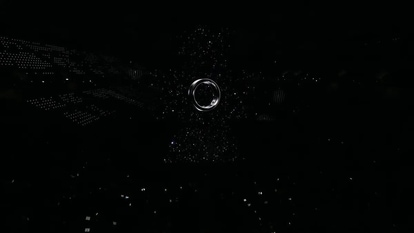Did asteroid kill the dinosaurs? This study reveals shocking details
A new study has revealed shocking details behind the extinction of dinosaurs, and it is not pointing at an asteroid.
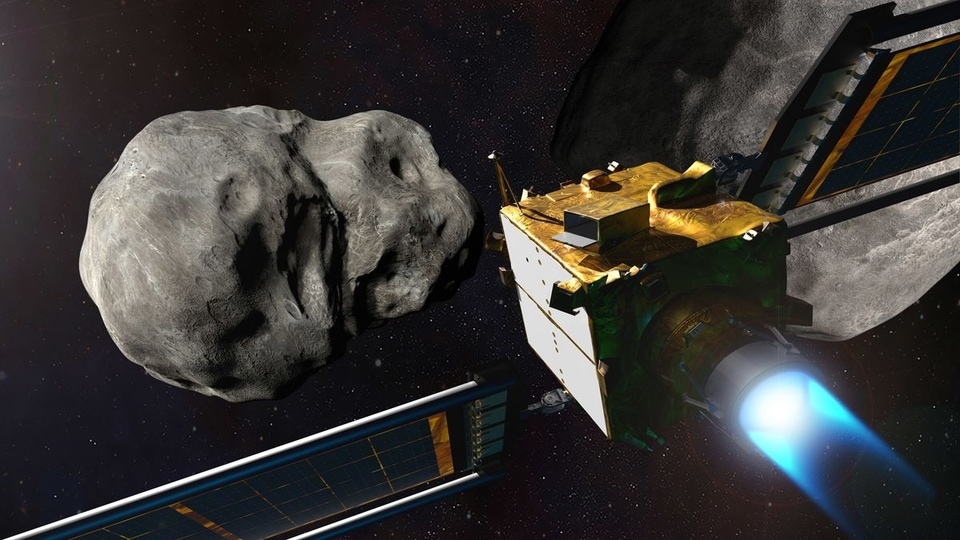
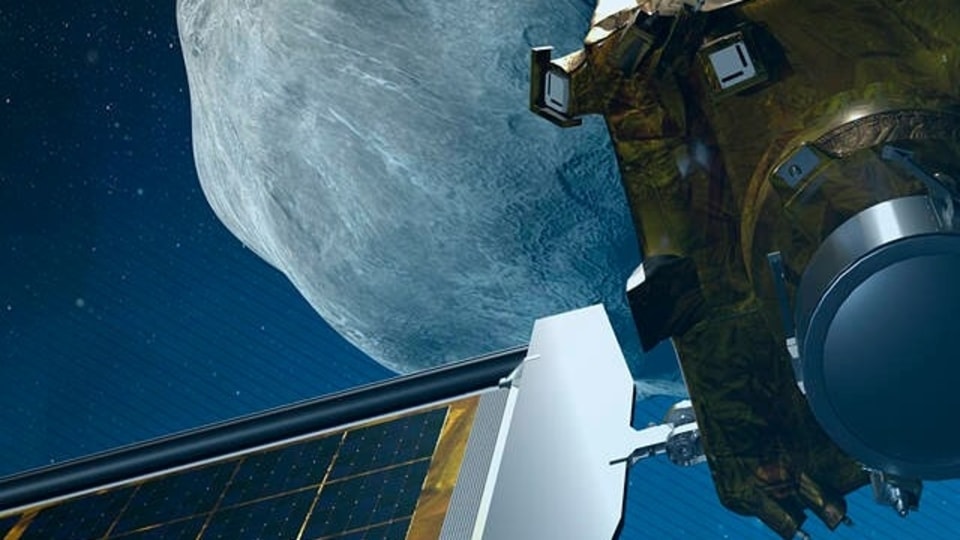
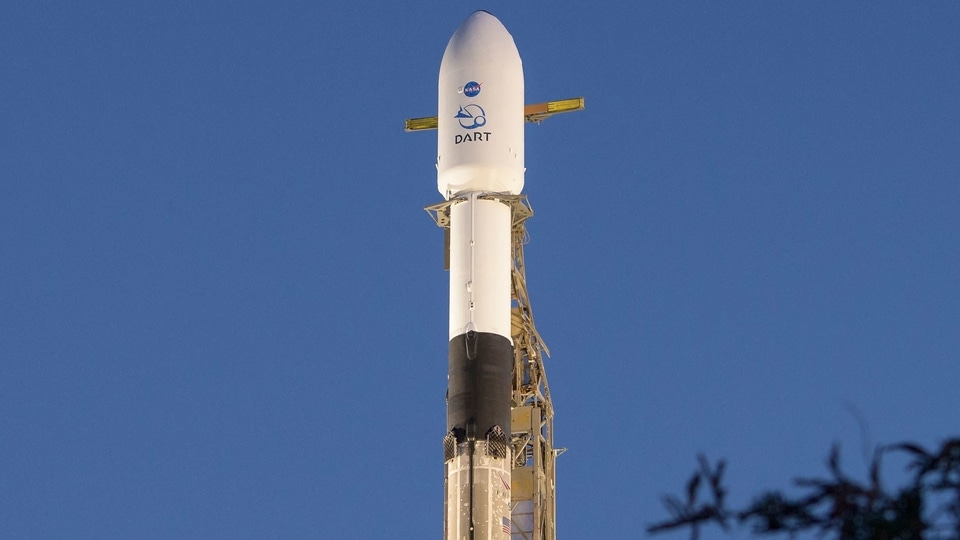
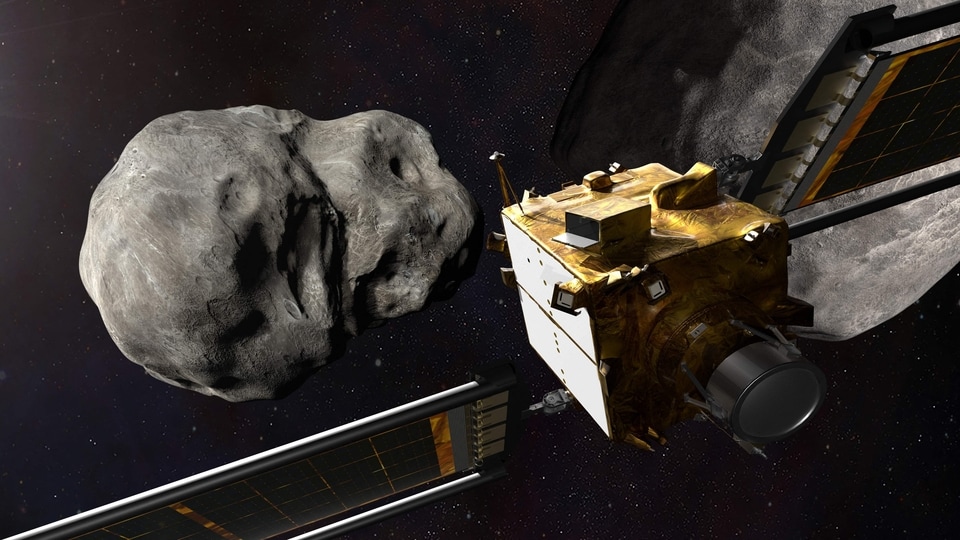
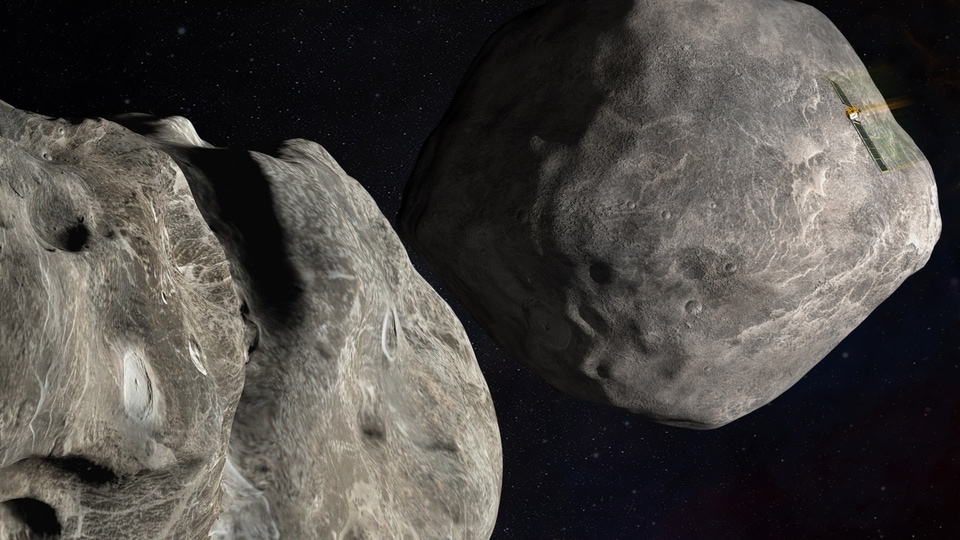
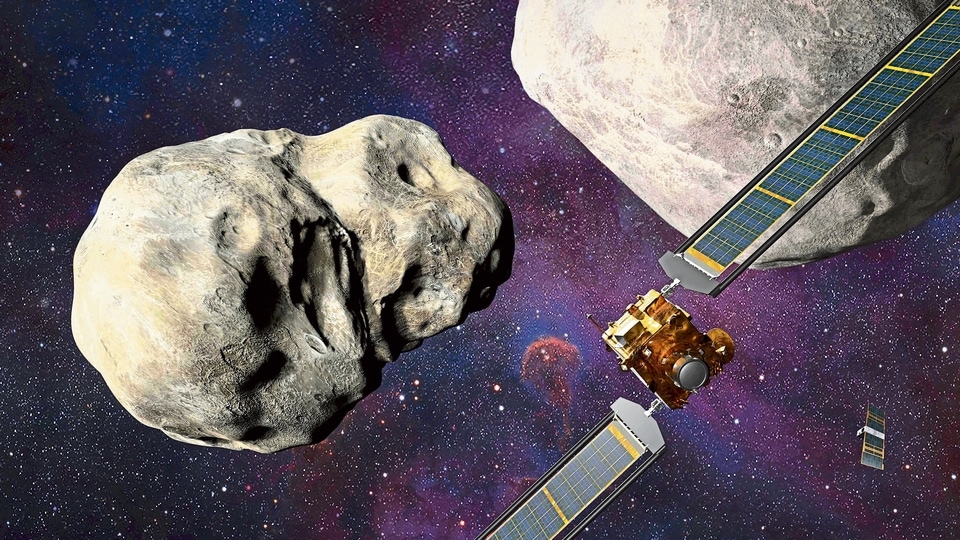
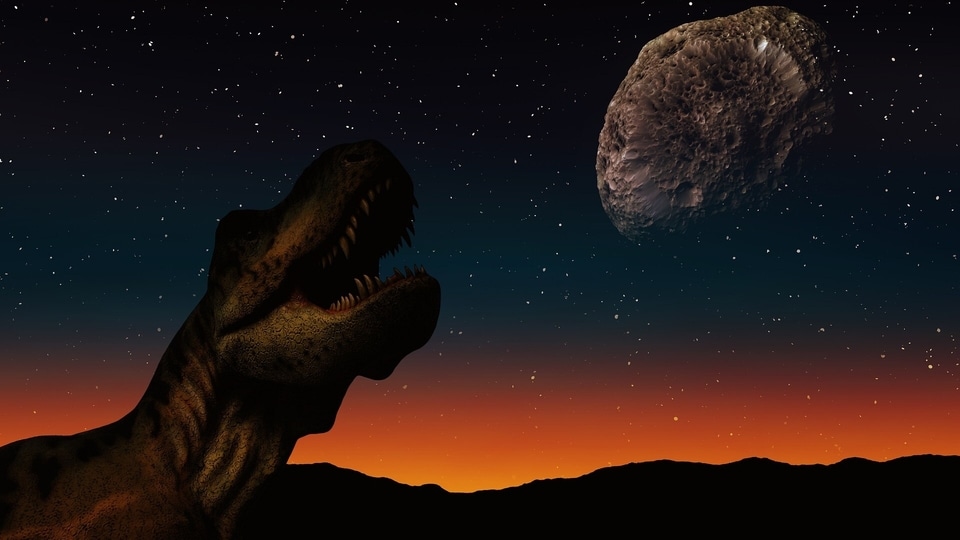
 View all Images
View all ImagesThe reason behind the extinction of dinosaurs has always been blamed on a massive asteroid strike around 66 million years ago. But is it the whole truth? This latest study published in the Proceedings of the National Academy of Sciences (PNAS) journal contradicts the long believed asteroid theory! It suggests that dinosaurs were already on the way out even before that fateful event of an asteroid impact. In fact, the asteroid impact merely hurried the process that was already happening. The proof? Fossil eggs from China suggest that the number of dinosaurs and diversity was already declining.
According to the old theory behind the extinction of dinosaurs, all the non-avian dinosaurs were killed either by the explosion itself or the acid rain and darkness, which lasted for decades. The strike of the giant asteroid had unleashed energy equivalent to 10 billion atomic bombs. The disappearance of the non-avian dinosaurs on Earth gave space for the emergence of mammals as the dominant animal group on Earth, the report suggested. However, the debate is still on, whether or not non-avian dinosaur biodiversity declined prior to the end-Cretaceous mass extinction remains controversial.
Dinosaur egg Fossils that tell a tale
Researchers collected over 1,000 dinosaur eggshell samples from a 150-m-thick stratigraphically continuous fossil-rich sequence in the Shanyang Basin of central China, which is one of the most abundant dinosaur areas from Late Cretaceous sequence. The researchers have analyzed over 5,500 Rock samples using computer modelling to accurately date them.
The study revealed a decline in dinosaur diversity in the region and around 1000 dinosaur egg fossils came from three main species - Macroolithus yaotunensis, Elongatoolithus elongatus, and Stromatoolithus pinglingensis. The fossils also showed that large-bodied, long-necked dinosaurs also lived there in the same era around 66.4 and 68.2 million years ago.
Hence, the low number of dinosaur species for the last few million years is expected to result from global climate fluctuations and massive volcanic eruptions. “The end-Cretaceous catastrophic events, such as the Deccan Traps and bolide impact, probably acted on an already vulnerable ecosystem and led to nonavian dinosaur extinction,” the study said.
Catch all the Latest Tech News, Mobile News, Laptop News, Gaming news, Wearables News , How To News, also keep up with us on Whatsapp channel,Twitter, Facebook, Google News, and Instagram. For our latest videos, subscribe to our YouTube channel.






























